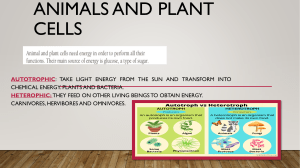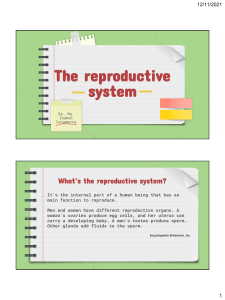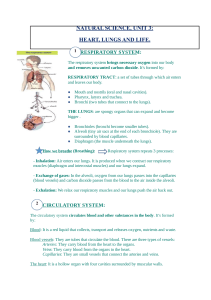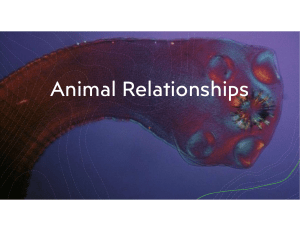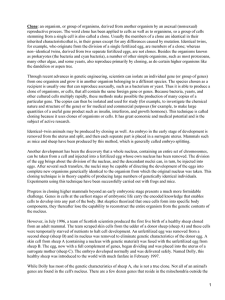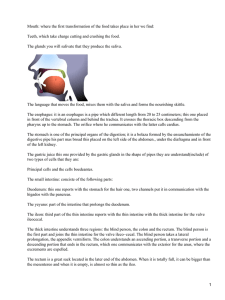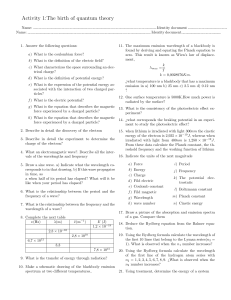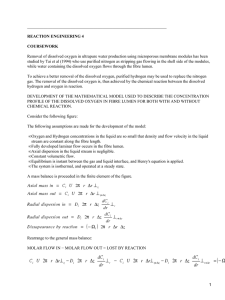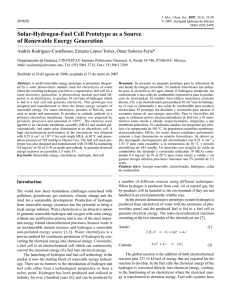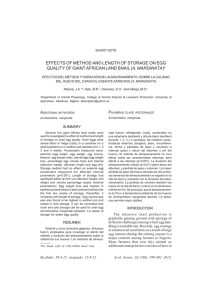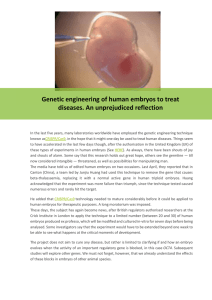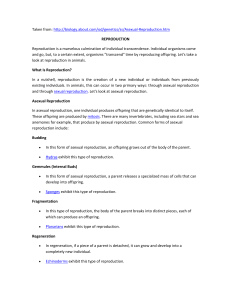Acid and bases
Anuncio
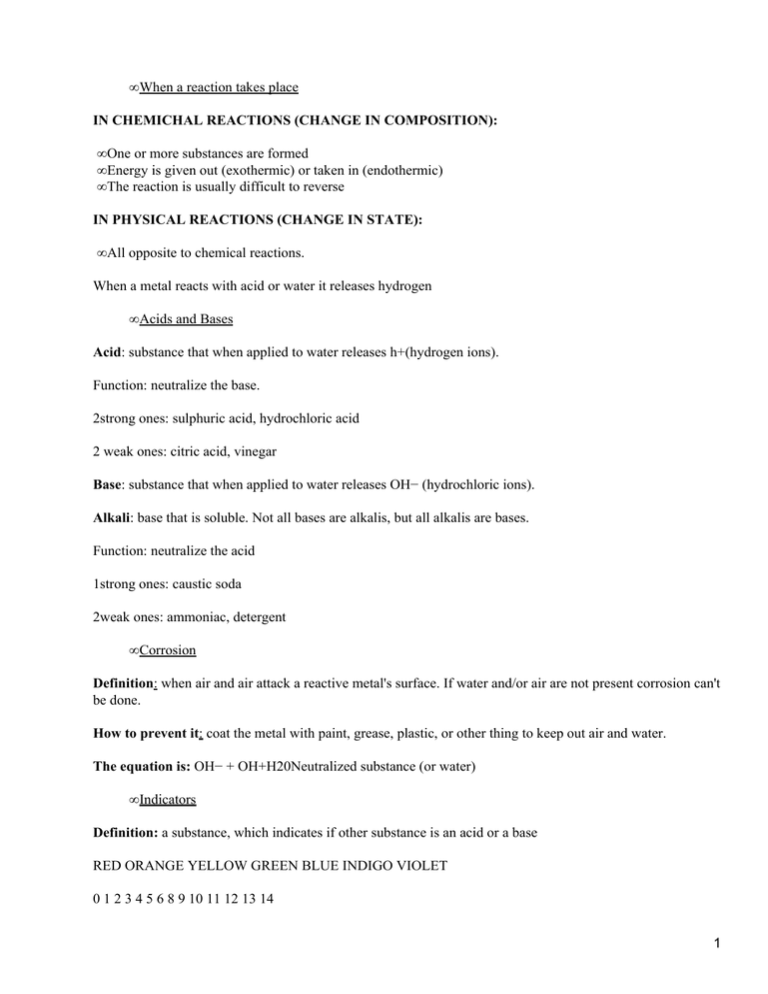
• When a reaction takes place IN CHEMICHAL REACTIONS (CHANGE IN COMPOSITION): • One or more substances are formed • Energy is given out (exothermic) or taken in (endothermic) • The reaction is usually difficult to reverse IN PHYSICAL REACTIONS (CHANGE IN STATE): • All opposite to chemical reactions. When a metal reacts with acid or water it releases hydrogen • Acids and Bases Acid: substance that when applied to water releases h+(hydrogen ions). Function: neutralize the base. 2strong ones: sulphuric acid, hydrochloric acid 2 weak ones: citric acid, vinegar Base: substance that when applied to water releases OH− (hydrochloric ions). Alkali: base that is soluble. Not all bases are alkalis, but all alkalis are bases. Function: neutralize the acid 1strong ones: caustic soda 2weak ones: ammoniac, detergent • Corrosion Definition: when air and air attack a reactive metal's surface. If water and/or air are not present corrosion can't be done. How to prevent it: coat the metal with paint, grease, plastic, or other thing to keep out air and water. The equation is: OH− + OH+H20Neutralized substance (or water) • Indicators Definition: a substance, which indicates if other substance is an acid or a base RED ORANGE YELLOW GREEN BLUE INDIGO VIOLET 0 1 2 3 4 5 6 8 9 10 11 12 13 14 1 7 very acidic moderate slightly Neutral slightly moderate very basic PH scales are also indicators: It means Hydrogen potential (potential means stored). The more Hydrogen a solution has, the lower the PH. The less Hydrogen a solution has, the higher the PH. • Metals Po, so, ca, ma, al, sin, fe, led, y, co, mer, plato, oro. Reactivity Series Translation: Potassium, Sodium, Calcium, Magnesium, Aluminum, Zinc, Iron Lead, Hydrogen, Copper, Mercury Silver, and Gold. Periodic Table Names: K, Na, Ca, Mg, Al, Zn, Fe, Pb, H, Cu, Hg, Ag, and Au. Difficult ones: K, Na, Fe, Pb, Cu and Hg. Displacement Reactions: If you have Mg chloride and you mix it with Ca , there will be a displacement because Ca is more reactive than Mg. But if you have Pb chloride and Hg, there will be no displacement because Hg is less reactive than Pb. • Solutions Definition: Solutions are made when two substances are dissolved completely. This is integrated by a solvent (the one found in higher proportion and it dissolves the other substance) and the solute (it is dissolved and it is found in lower proportion). To dissolve faster: Stir, apply heat and use granulated crystals for the solute. • Ecology: the study of living organisms and their environment Definitions of: • Organism: Living thing that can be affected by abiotic or biotic factors. • Habitat: Place where the organism lives. • Population: All the organisms of a same specie • Community: All the populations in one same habitat. • Niche: Each organism's role or `profession' of it in a community. • Environment: Everything that can affect the way of life of an organism. • Adaptation: It is when an organism adapts to a new way of life. This process is always very slow. A change in population can always affect another population because if the first ones are preys and there are few, the predators can start dying and also the prey or predator has chances to extinct because of this. THIS MEANS THEY HAVE TO KEEP IN BALANCE. All living organisms have 7 features in common: Movement, Excretion, Respiration, Reproduction, Nutrition, Irritability and Growth. Or MERRING. *respiration means releasing energy from food. 2 Photosynthesis: As all living−things need to make energy from food for growth, plants also need food. They don't look for it, but they make it . This process is called photosynthesis and it takes place on the leaves of the plant, where the chlorophyll is. From the roots to the leaves, through the Xylem tubes, water and nutrients are carried; from the leaves to the growing points and to the storage areas, through the Phloem tubes, food is carried. The plant's food is Glucose that is also sugar (C6H12O6). The food is made with three different factors, water, carbon dioxide and sunlight energy. It's equation is: CO2 + H2O food + oxygen means sunlight The energy change is: from sunlight to potential. • Classification Scientists separated all living−things into groups to show they all are related. They are separated like this: • Kingdom: Animalia • Phylum: Chordata • Sub−Phylum: Vertebrata • Class. Mammalia • Order: Homonidae • Family: Primate • Genus: Homo • Species: Sapiens All the kingdoms are: Animals, Plants, Monera, Protoctisa and Fungi. Keys: Are made to help people identify organisms. Dichotomous Keys: 1.a) Has feathersGo to 2 b) Has furGo to 3 2.a) Has long beak Go to 4 ETC., ETC. Food chain: A food chain is a way of organizing animals that eat each other. A food web is made up of a lot of food chains interacting with each other. All the energy transmitted in a food chain starts in the sun; also comes from it. SUNPLANTPRIMARY CONSUMERSECONDARYTERTIARYETC.ETC. Makes its own food Herbivore From now on, all are carnivores. Energy transmitted 3 • Carbon Cycle 1 5 22 44 1: Photosynthesis 4:Decomposition (It gives bad smell and pollutes). 2: Respiration 5: Burning • Cells Definition: Building blocks of life, every living thing has one or more cells. The Cytoplasm is all the jelly−like substance that which is a fluid (it is not a nucleus or anything else but in a way it is the `background' of it). The nucleus is the `control center' of the cell. It contains information to control everything going on in the cell. The cell membrane is the skin around the outside of the cell, it has the ability to make things stay or go out of the cell. The cell wall is rigid , it is all around cell's edges, and it makes the cell keep its shape. The vacuole is a large space filled with cell sap. The cell membrane is inside the cell wall. The chloroplasts contain the chlorophyll. Reference: Non−bold type is only for plants. Special cells in our body: Our body is made up of a number of different organs. Each organ has a particular job to do and contains its own type of cell. An organ is made up of tissues, which work together, and the tissues are made up of a lot of same cells. Ex.: red blood cell( carries chemicals round the body) • Reproduction Reproduction is part of all living−things. This is divided into asexual and sexual. The living−things that reproduce in an asexual way, they just divide into two, creating a new organism exactly as the one before, this new one is called clone. This type of reproduction is usually common in the simplest living−things and plants. The ones that reproduce by sexuality have sex cells called gametes. These can be female or male (ovum or sperm), that when joined, makes a new living−organism. These is seen in most of the animals, including, us. Fertilization: Takes place before a new living−thing can grow. It is when sperm joins with the egg, making a fertilized egg. This egg goes dividing inside producing more cells. ONLY ONE SPERM CAN ENTER THE EGG. Female sex system: Ovulation is made about every 28 days, after the puberty (time when a girl is able to became a mother and when the boy is able to become a father, nearly at age of 13), an ovum comes out from one of the ovaries. This moves down through the oviduct, to the uterus. Meanwhile the lining of the uterus thickens so that a fertilized egg can be introduced in it (implantation). If the ovum is not fertilized it dies and the lining starts to break up; this means the woman had had her period. When all the leftovers come out through the vagina it is called menstruation. 4 If a man and a woman want to have a baby, the man slips his penis through the vagina, releasing sperms (this is called sexual intercourse) through it that then go and join with the ovum that is running in the oviduct. By doing this, the egg is fertilized and it automatically implantates into the new lining. During the next I months the embryo (unborn child) grows inside the uterus. The embryo is warm and protected with an amniotic sack that contains the amniotic fluid. All the food and oxygen for the baby is carried through the umbilical cord that comes from the placenta; this is a circular flattened disc that fits to the wall of the uterus. On the embryo's side, there are thousands of tiny folds called villi. These villi contain blood capillaries that let substances pass through them. Afterwards, the cells continue to divide now, forming a small human being. After all the embryo's organs are developed now it's called foetus. If at the same time two ovums are released from the ovaries and they are both fertilized, when they are born they are non−identical twins (fraternal). But, if one ovum is fertilized and it divides into two parts, two identical twins are going to be born. acidic acidic MAN'S CLASSIFICATION plants Fossil fuels Carbon dioxide in air soil animals 5
